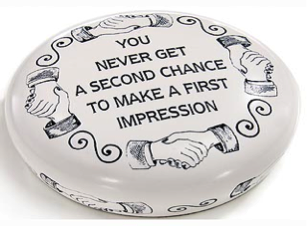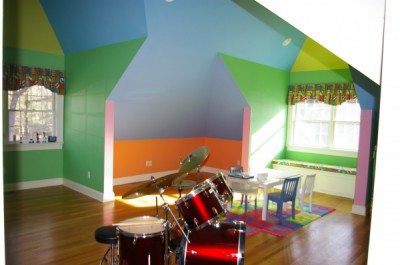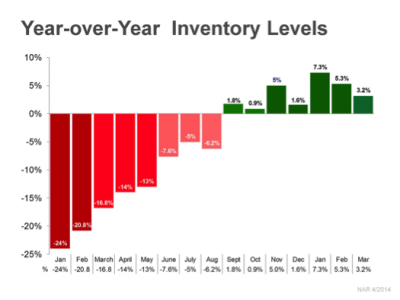Maybe you and your spouse have retired and decided to downsize. Or maybe you’re ready to start a family and sell your small house in favor of a larger one with more bedrooms. Either way, it may have been a while since you’ve put yourself in the shoes of a seller or a buyer, and you may not be totally confident in putting your home on the market when you don’t know what the market is looking for.
If you’ve been following our blog, you know that there are some things that attract every buyer: well-lit, spacious rooms are one example, as are high-end kitchens and baths, and hardwood floors. However, you might not know that women and men differ in what features most appeal to them. Women, who account for 85% of all consumer purchases, respond most passionately to a home’s aesthetics: flooring, interior design, appliances, layout and functionality. They are attracted to features such as big closets, dedicated laundry rooms, two-plus car garages and a great place to socialize, whether in a comfortable den with a fireplace or around the kitchen island or counter.
Because female buyers like to envision places of entertainment and activity, it is important to make family spaces look welcoming and user-friendly. Position sofas and chairs into conversational groups and float furniture away from walls to create a perception of spaciousness. Items such as decorative pillows, towel sets, baskets, and vase/bowl fillers can also spruce up an otherwise nondescript living area.
Men, by contrast, are more interested in a home’s space and dimensions. Says Jessica Riffle Edwards, Coldwell Banker Real Estate’s consumer specialist, “The guy may be saying, ‘Oh, man, look at the size of this space,’ and the women would be saying, ‘Oh, gosh, look at the hardware on these cabinets.'”
Most important to both genders, however, is a neat and well-kept home. Buyers prefer homes that are low maintenance. If they see too much they will to change, or will need to fix, they will move on.














